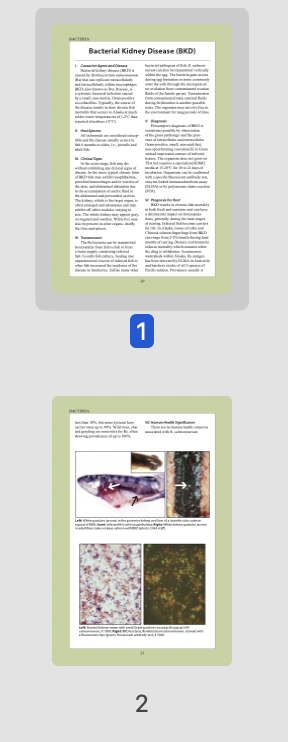Staff at Cook Inlet Aquaculture (CIAA) Bear Lake Weir are injecting returning salmon (females) with an un-named chemical. I believe this is because they know that the salmon they’ve cultivated at their Trail Lakes Hatchery are infected with Bacterial Kidney Disease (BKD).
I eat organic food for a reason: I do not want antibiotics in my food! That is NOT the definition of WILD SALMON in my book and I can’t believe they are getting away with this.
Some History of Infection & Injections by CIAA
Gallimycin was injected in 2019 and is a trade name of an antibiotic called erythromycin. In the 2020 and 2021 Annual Management Plans CIAA states they were injecting salmon with Draxxin, a trade name for Tulathromycin.
The 2017 and 2018 Trail Lakes AMP states:
o Gallimycin is no longer available. CIAA will collect kidney samples from all female
broodstock used and will track family crosses. Any female broodstock determined to
have high titers of BKD will be culled.
o The lake fertilization project at Bear Lake will continue as appropriate based on
water chemistry analysis (28 barrels for 2018). [This is fertilizer, dumped into Bear Lake]
The 2019 Trail Lakes AMP states:
Bear Lake Sockeye Salmon
o Gallimycin will be injected into all female broodstock at their time of passage through the Bear Creek Weir.
o Kidney samples will be taken from injected females to collect BKD data.
The 2020 and 2021 Trail Lakes AMP states:
o Draxxin will be injected into all female broodstock at their time of passage through the Bear Creek Weir.
o Kidney samples will be taken from injected females to collect BKD data.It appears most science finds these drugs not very effective?
A Highly Experienced Biologist Explains:
BKD is highly transmissible and from what I see cannot be cured. Prolonged treatment must be consistently administered such as with farmed fish not just in one injection. Quite the fish abuse.
From the USGS:
USGS https://www.usgs.gov/labs/fish-health-program/science/bacterial-kidney-disease-bkd-fhp
Renibacterium salmoninarum is the causative agent of bacterial kidney disease (BKD), a serious disease problem of wild and cultured salmonid fishes worldwide. Control of the bacteria by use of antibiotics is difficult due to its slow growth, and conventional vaccine strategies are ineffective or may actually worsen the disease state. Furthermore, the bacteria can be passed not only between fish in the same water system (horizontal transmission), but also from one generation to the next via infected eggs (vertical transmission). During infection, R. salmoninarum can evade immune surveillance by surviving and replicating within host macrophages (a type of white blood cell). Also, R. salmoninarum produces large amounts of a unique protein (p57) which suppresses a number of immune functions.
Reports
Here’s an in-depth 18 page report on Bacterial Kidney Disease in Salmon from the USGS: https://www.buchananfishing.com/wp-content/uploads/2023/06/1.3.1-BKD-2020.pdf
A short 2 page PDF summary of Bacterial Kidney Disease: https://www.buchananfishing.com/wp-content/uploads/2023/06/bacterial_kidney_disease.pdf


